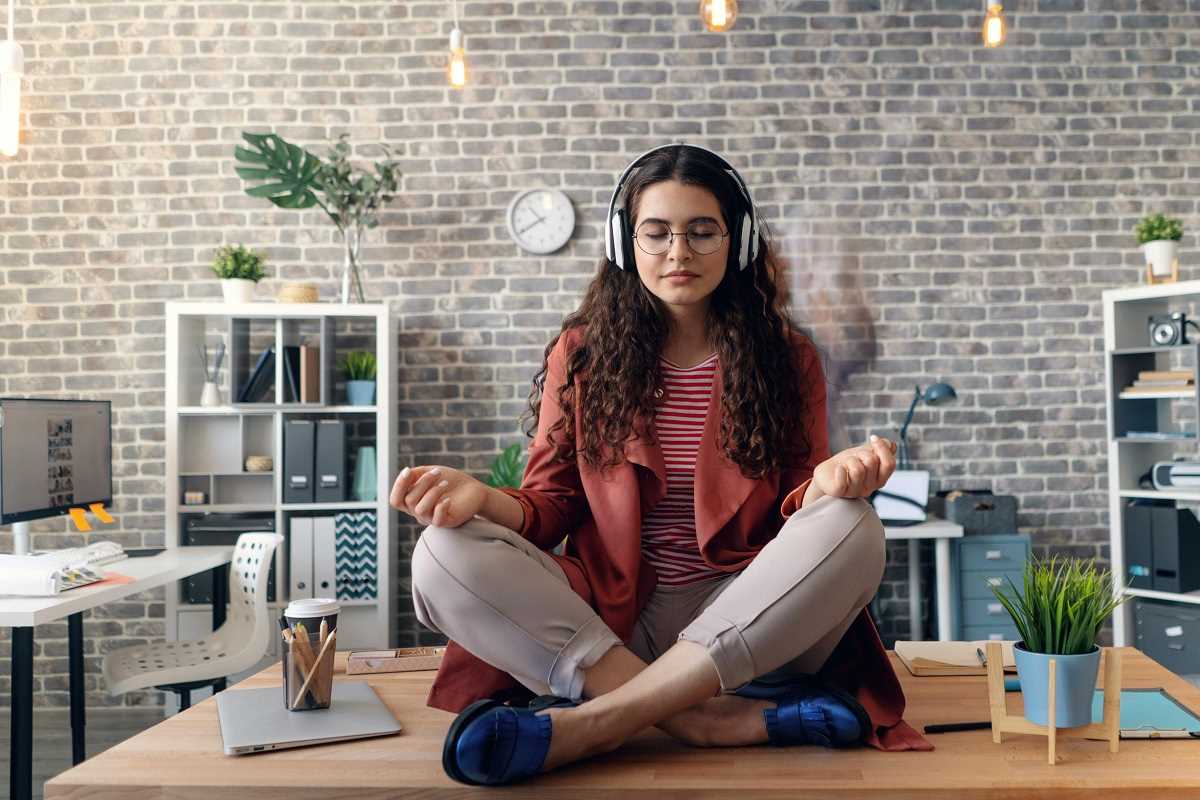Taking a few moments to quiet your mind is becoming a go-to practice for people everywhere. Meditation, once seen as a niche activity, is now a mainstream tool for managing stress and improving well-being. This ancient practice is finding a new home in our busy lives, thanks to its simplicity and powerful benefits. We are here to explore why so many people are embracing meditation and how it can make a real difference. This guide will walk you through popular techniques, the science-backed benefits, and the reasons behind its surging popularity. Let's find your moment of calm together.
The Shift Toward Meditation
Meditation is no longer reserved for retreats or quiet monasteries. It's now accessible to everyone through apps, online videos, and community groups. This shift is happening for a good reason. People are actively seeking ways to cope with the pressures of modern life, and meditation offers a practical solution. It provides a simple way to step back, breathe, and reconnect with yourself.
The rise of technology has played a huge role in this trend. Mindfulness apps like Calm and Headspace have put guided meditations right in our pockets. They make it easy for beginners to get started with just a few minutes a day. This accessibility has removed many of the old barriers, showing people that you don’t need to be an expert to benefit from the practice. It’s a personal tool for mental clarity that you can use anywhere, anytime.
What Makes Meditation So Appealing?
The core appeal of meditation is its focus on simplicity and self-awareness. It's not about emptying your mind completely, but rather about observing your thoughts without judgment. This practice helps create a space between your thoughts and your reactions, giving you more control over your emotional responses.
A Tool for Stress Reduction
One of the most celebrated benefits of meditation is its ability to reduce stress. Chronic stress can take a toll on both your physical and mental health. Meditation helps activate the body's relaxation response, which can lower heart rate, reduce blood pressure, and decrease the production of the stress hormone cortisol. Even a few minutes of focused breathing can bring a sense of calm to a hectic day. This makes it a powerful and immediate tool for feeling better.
Improved Focus and Concentration
Our attention is constantly being pulled in different directions. Meditation trains your brain to focus. By repeatedly bringing your attention back to a single point, like your breath, you are strengthening your ability to concentrate. This skill translates directly into other areas of your life. You may find it easier to stay on task at work, be more present in conversations, and feel less scattered throughout your day. It’s like a workout for your brain’s attention muscle.
Popular Meditation Techniques to Try
There are many different ways to meditate, so you can find a style that feels right for you. Each technique offers a unique path to mindfulness and inner peace. We’ve got you covered with a few of the most popular and beginner-friendly practices.
Mindful Breathing
This is one of the most fundamental and accessible forms of meditation. It’s a great starting point for anyone new to the practice.
- How to do it: Find a comfortable seated position. Close your eyes and bring your attention to your breath. Notice the sensation of the air entering your nostrils, filling your lungs, and then leaving your body. Your mind will wander, and that’s completely normal. Each time it does, gently guide your focus back to your breath without any criticism. Start with just five minutes a day.
Body Scan Meditation
This technique helps you connect with your physical self and release tension you might not even realize you're holding.
- How to do it: Lie down comfortably on your back. Close your eyes and bring your awareness to your toes. Notice any sensations—warmth, tingling, pressure—without trying to change them. Slowly move your attention up through your body: to your feet, ankles, calves, and so on, all the way to the top of your head. This practice enhances body awareness and promotes deep relaxation.
Loving-Kindness Meditation
This practice is all about cultivating feelings of compassion and goodwill for yourself and others. It’s a wonderful way to foster a more positive and caring mindset.
- How to do it: Sit in a comfortable position and close your eyes. Begin by directing kind thoughts toward yourself. You can repeat phrases like, "May I be happy. May I be healthy. May I be safe." After a few minutes, extend these wishes to someone you care about, then to a neutral person, and eventually to all living beings.
The Science Behind the Calm
The benefits of meditation aren't just based on feelings; they are backed by scientific research. Studies using brain imaging technology have shown that regular meditation can actually change the structure and function of the brain.
For example, research has found that meditation can increase gray matter density in the hippocampus, an area of the brain associated with learning and memory. It can also lead to a reduction in the volume of the amygdala, the brain region responsible for processing fear and anxiety. These physical changes help explain why meditators often report feeling less anxious and more emotionally stable. This evidence gives the practice credibility and encourages more people to give it a try.
Why Now? The Cultural Movement
Several cultural factors are contributing to meditation’s rise. There is a growing public conversation about the importance of mental health. People are more open to discussing issues like anxiety and burnout, and they are actively looking for healthy coping mechanisms. Meditation fits perfectly into this conversation as a proactive way to care for your mental well-being.
The wellness movement has also played a significant role. Meditation is often presented alongside other healthy habits like balanced nutrition and regular exercise. It's seen as a key component of a holistic approach to health—one that cares for the mind as well as the body. This integration into the broader wellness culture has helped normalize the practice and make it more appealing to a wider audience. You have the power to join this movement and discover the benefits for yourself.
 (Image via
(Image via





